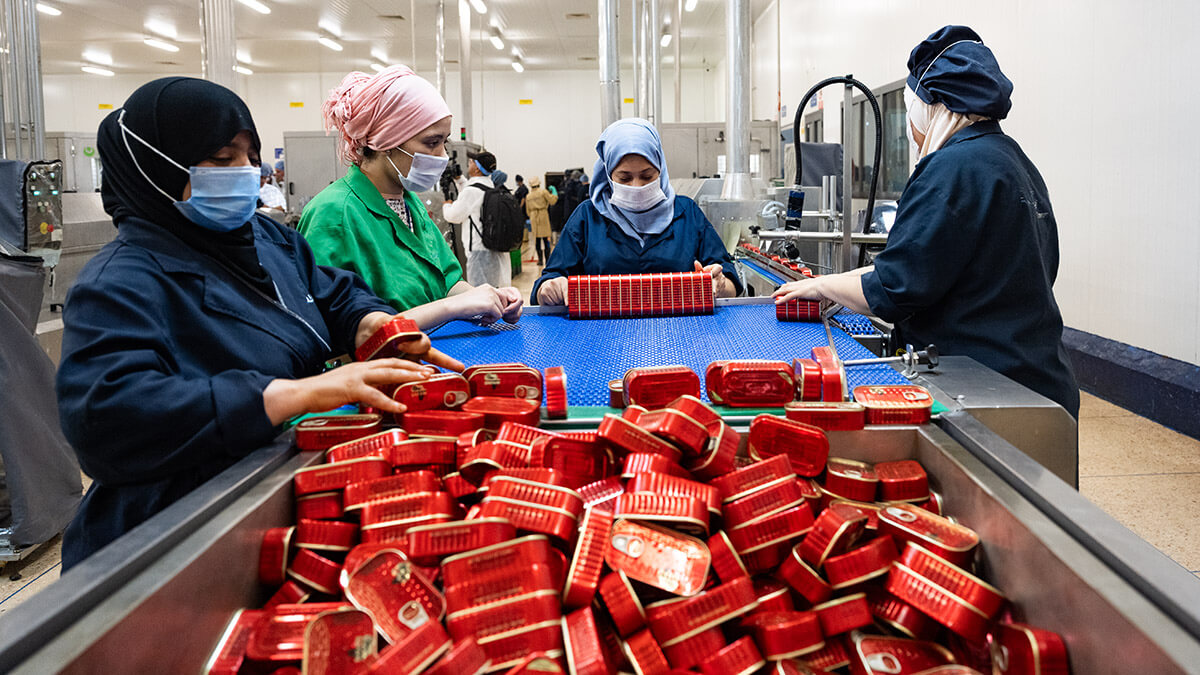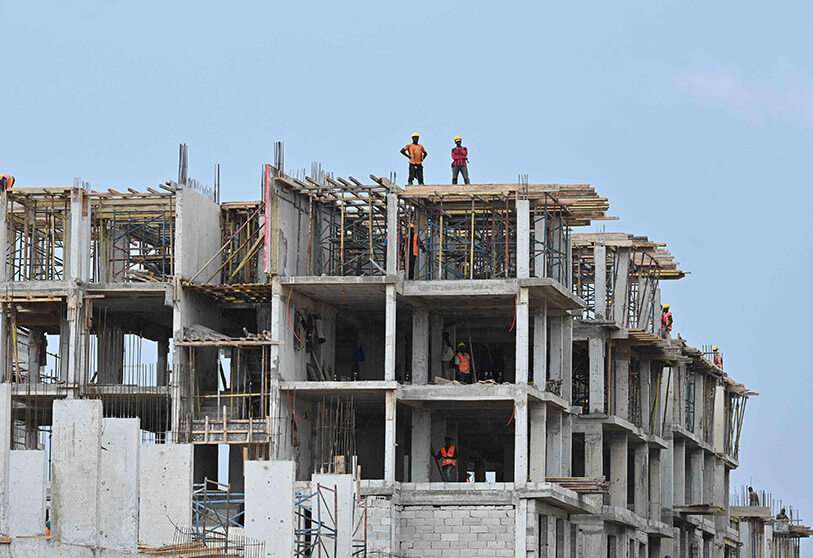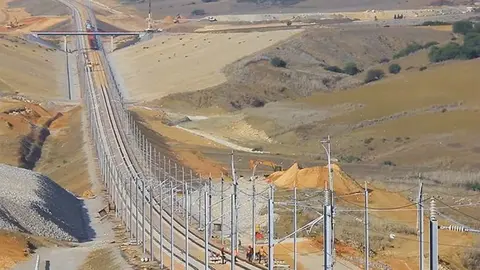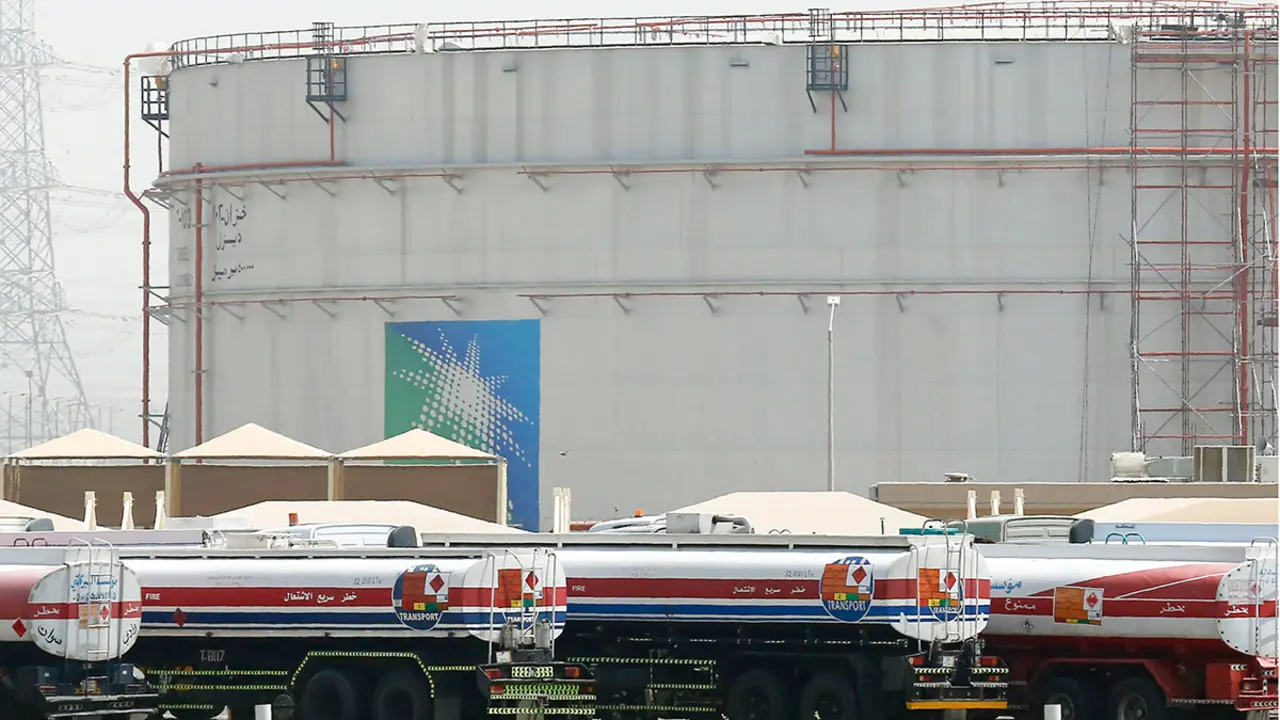Employment: Morocco creates 282,000 jobs in the first quarter of 2025

In the first quarter of 2025, the Moroccan labour market improved significantly compared to the previous year thanks to the creation of many jobs in the country's major cities. However, high youth unemployment and the gender gap remain a challenge for the Moroccan authorities.
According to Morocco's High Commission for Planning (HCP), employment rose by 0.4% thanks to the creation of more than 282,000 jobs during the first quarter of the year, the largest increase in employment since 2022.

In a report, the HCP noted that Morocco's labour market has shown signs of strength, despite the challenges that still remain, particularly in terms of the informal economy and underemployment.
The document also details that the most significant increase has been seen in urban areas, particularly in the northern regions of the country. Compared to rural areas, the unemployment rate in large cities has fallen by 1%, which is more than double the rate in the country's less populated regions.
The rapid development and growth of the country's main economic centres has led to the displacement of thousands of citizens to these cities, causing unemployment in rural areas (towns with fewer than 25,000 inhabitants) to rise slightly by half a percentage point compared to 2024 figures. Despite this, unemployment stands at around 7%, half the rate in large cities.
Although the data reflect a slight improvement and activation of the labour market, the reduction is not drastic, but it does show a significant recovery, given that in the same period last year, nearly 80,000 jobs were lost. Overall, unemployment fell by 1% to 1.63 million people.

Labour market figures
Breaking down the figures, unemployment in large cities has fallen by more than 285,000, while in rural areas it has risen by 3,000. In terms of gender, more than twice as many men as women entered the labour market, with integration rates of 0.5% and 0.2% respectively. Furthermore, the female unemployment rate still stands at 19.9%, compared to 11.5% for men.
In contrast, youth unemployment, among those aged 15 to 24, shows the opposite trend. According to figures released by the HCP, youth unemployment rose alarmingly by 1.8 points to a total of 37.7%, a sign that young people continue to be excluded from employment due to a lack of work experience.
However, improvements were seen in other age groups. In the 25-34 age group, unemployment fell by 0.8% to 21.2%; in the 35-44 age group, it fell by half a percentage point to 7.5%; and in the 45 and over age group, it fell by 0.6% to 3.9%.
In the case of people with qualifications, unemployment fell by 0.9%, with those with technical qualifications being the group that integrated most into the Moroccan labour market, at 3.9%. They were followed by vocational training students, at 3.6%.

Increase in underemployment
Despite the decline in unemployment across the country, underemployment — people working fewer hours than they would like, or people in jobs that do not match their qualifications — rose from 1.07 million to 1.25 million, especially in rural areas, which saw a jump of 2.3% to 14.8%, compared with a one-point increase to 10% in urban areas.
Underemployment is divided into two categories: workers with insufficient hours and workers with jobs that do not match their qualifications. The number of workers with insufficient hours rose from 576,000 to 664,000 nationwide, and the corresponding rate increased from 5.6% to 6.3%. Meanwhile, those facing inadequate income or mismatches between their training and the jobs they do rose from 493,000 to 590,000 people, from 4.8% to 5.6%.

This increase was mostly in the construction sector, which already had the highest underemployment rate in the country, with an increase of 3.6%. This was followed by agriculture, forestry and fishing, with an increase of 2.3 points, from 12.1% to 14.4%; manufacturing jumped from 6.3% to 7.3%; and services with an increase of 0.7%, from 8.3% to 9%.
Although the figures have improved compared to 2024, youth unemployment remains critical, underemployment is growing rapidly, indicating that many jobs are precarious or poorly paid, and the gender and urban/rural gaps remain significant.











